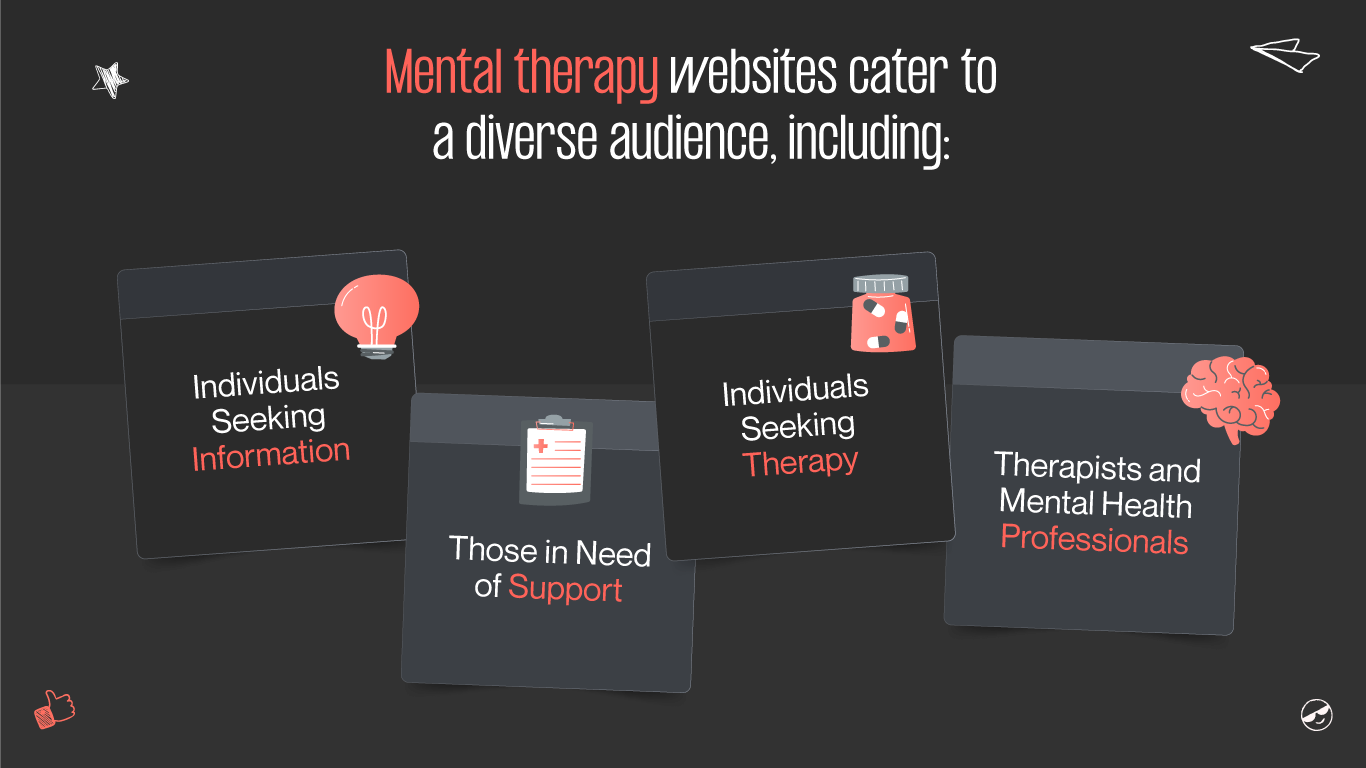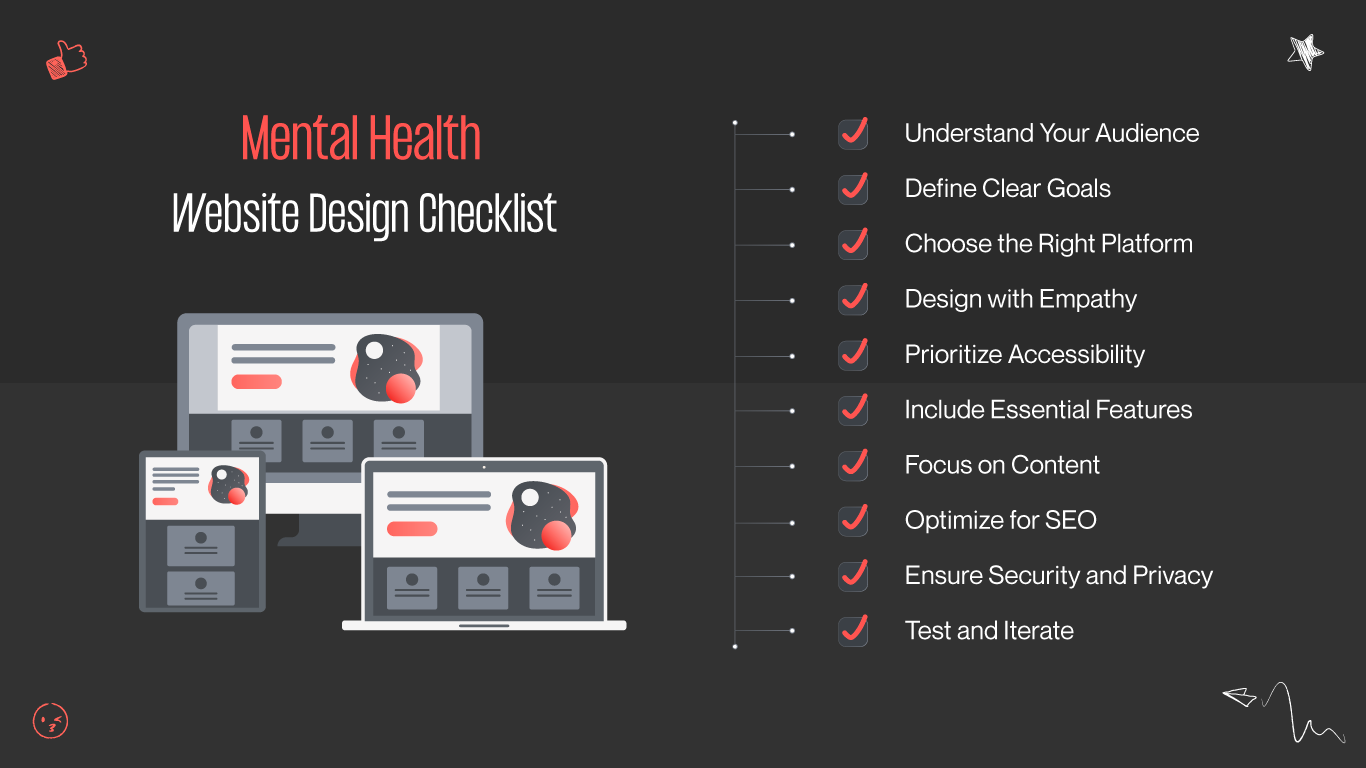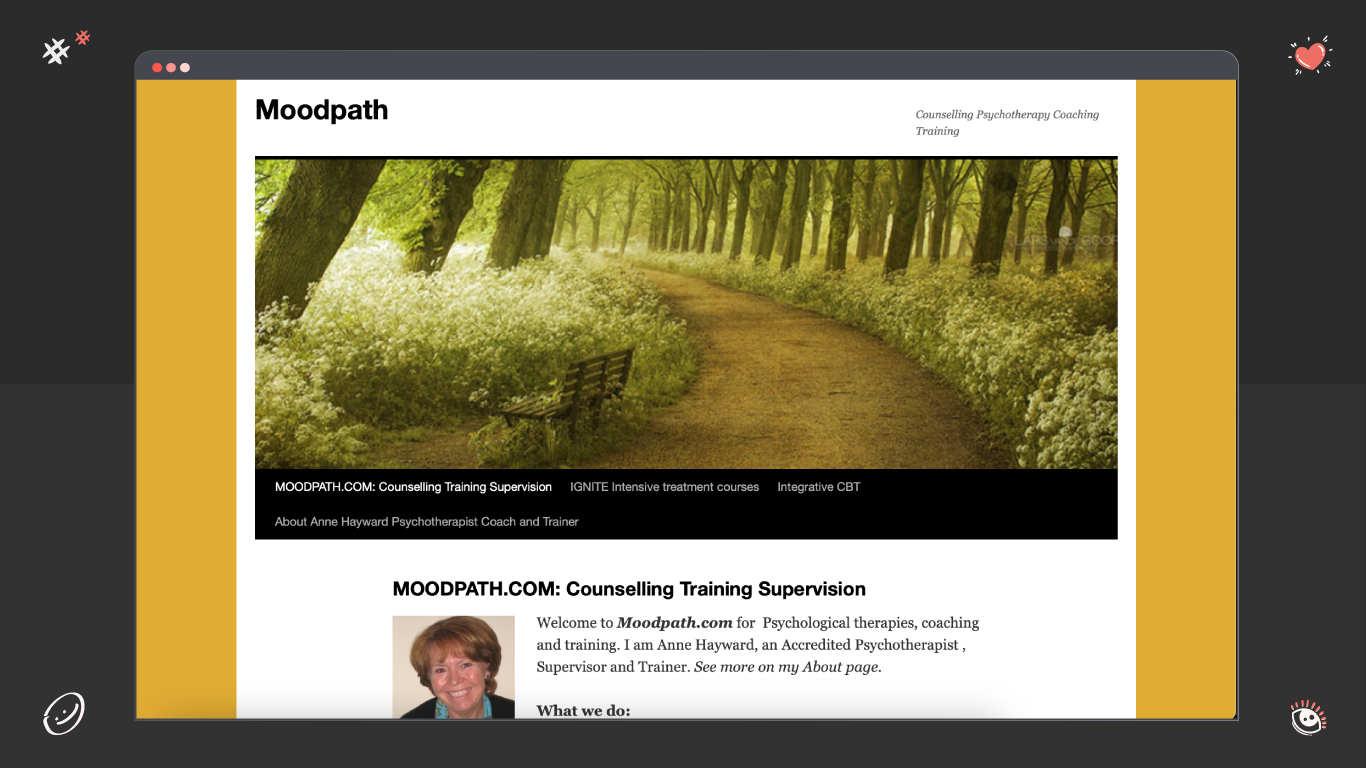Did you know that an estimated 1 in 5 adults in the United States experiences mental illness each year? With such a significant portion of the population seeking support, the importance of accessible and user-friendly mental health resources cannot be overstated. In today's digital age, a well-designed website can serve as a lifeline for those in need, offering valuable information, resources, and support at their fingertips. But what exactly makes a mental health website design effective? How can you ensure that your website not only attracts visitors but also provides them with the support they need?
Let's take a closer look at why mental healthсare website design matters. According to recent studies, over 70% of individuals prefer to access mental health information and resources online. However, many existing websites fall short in meeting the needs of their users, with complex navigation, overwhelming content, and lack of user-friendly features hindering the overall user experience. It creates a significant barrier for individuals seeking support, ultimately limiting their access to vital resources and assistance.
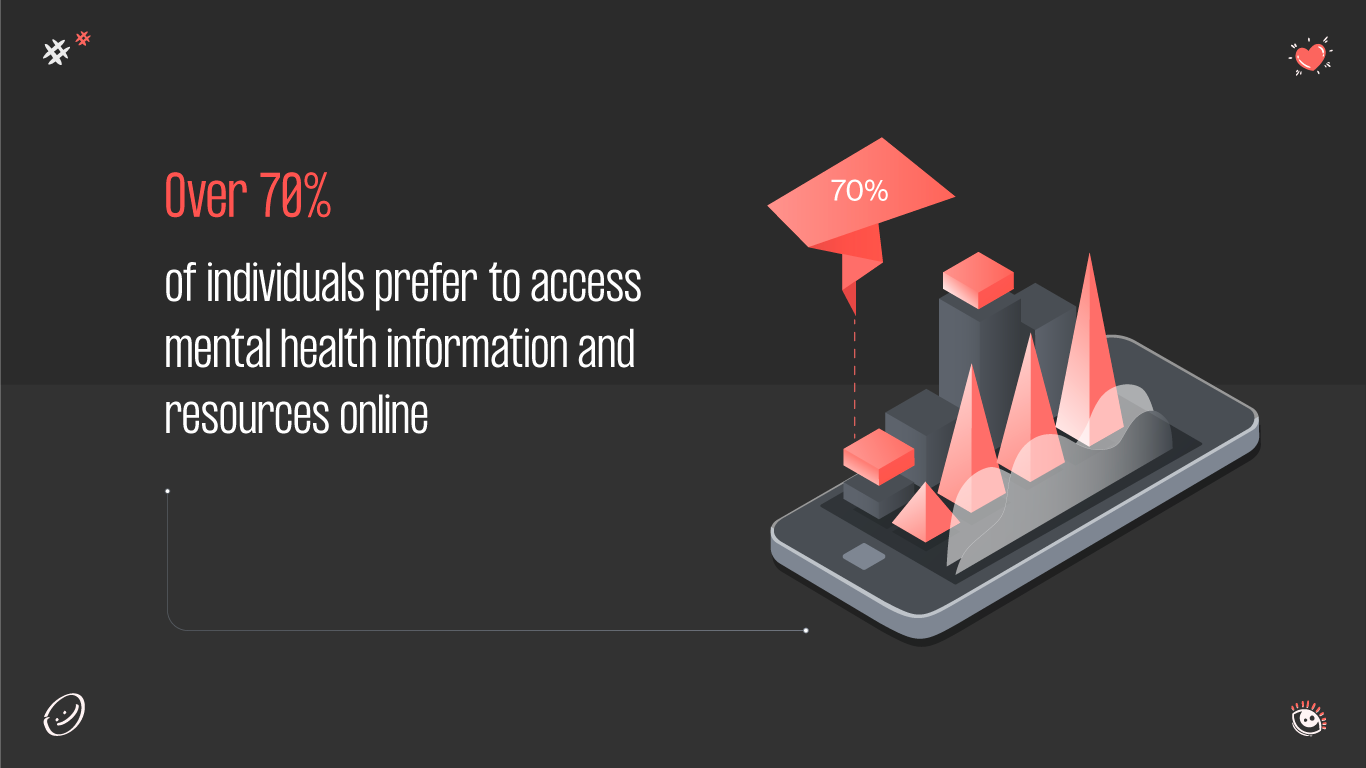
At MarketSplash, researchers have identified that user-friendly design can significantly improve engagement and retention rates on mental health websites. By prioritizing simplicity, clarity, and accessibility, you can create a website that not only attracts visitors but also keeps them coming back for more. Additionally, Zippia reports that understanding the demographics of your target audience, such as age, gender, and location, is crucial for tailoring your website design to meet their specific needs and preferences.
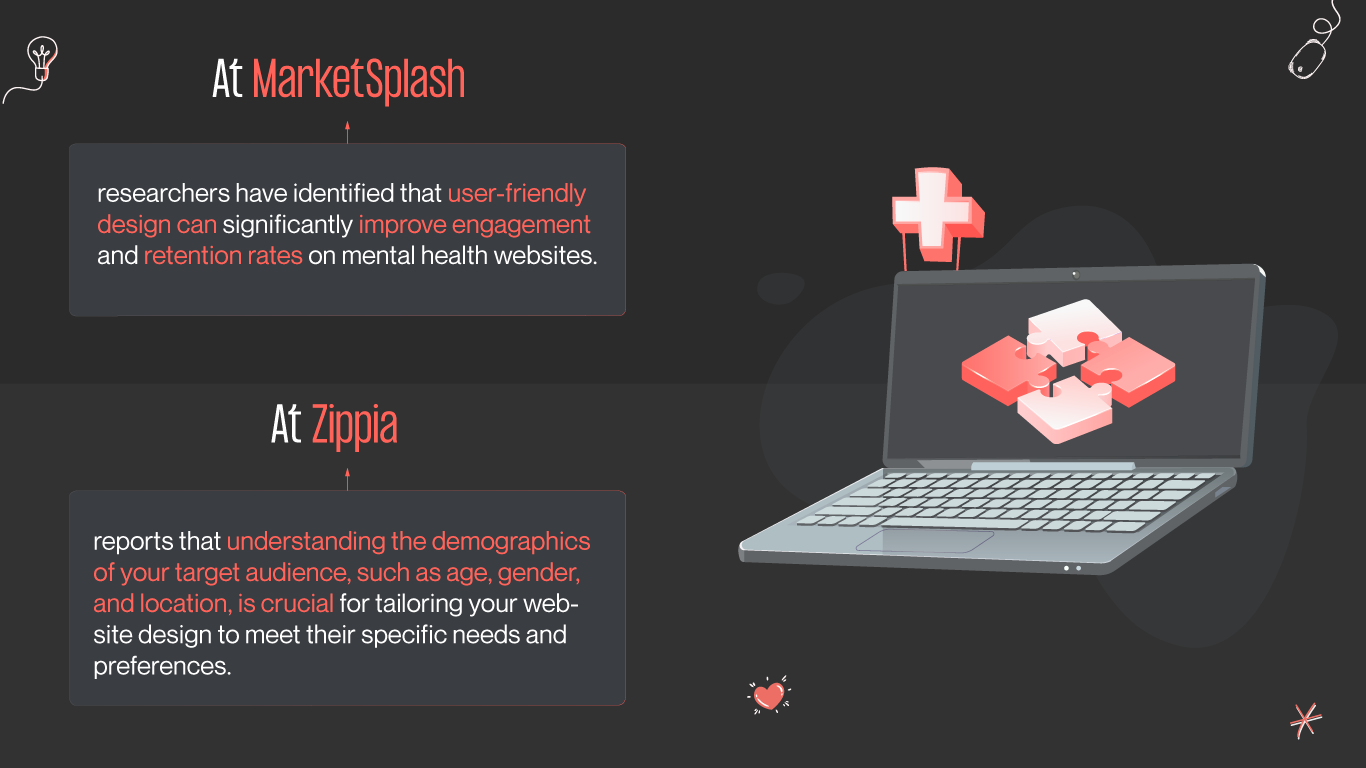
In the following sections, we'll explore practical tips, case studies, and expert advice to help you craft a mental health website design that truly makes a difference. Whether you're a mental health professional looking to expand your online presence or an organization promoting mental wellness, we suggest that you dive in and begin the journey towards creating a truly impactful mental healthcare website design services.


